13 Gruyere Alternatives That Work in a Quiche
Gruyere cheese substitutes offer great ways to elevate an ordinary quiche without sacrificing flavor.
It’s not unusual for home cooks to find themselves without gruyere when a recipe demands it.
Fortunately, several alternatives mimic gruyere’s melting ability and signature nutty flavor, working well in classic quiche preparations.
These replacements range from widely available supermarket cheeses to artisanal varieties with distinct tastes.
Most maintain the creamy, smooth texture essential for blending into the egg custard base.
The ideal substitute should complement other ingredients while allowing the quiche’s delicate flavors to shine.
With a few well-chosen swaps, you can achieve a professional-quality dish even without the traditional Swiss original.
Read on to discover which options might become your new go-to cheeses.
Gruyere Cheese Substitutes in Quiche
Gruyere cheese being absent for quiche is no setback, as another cheese can fit in and let the baking proceed uninterrupted. Making the switch ensures your schedule stays consistent.
Le Brouere Cheese
Emmental, a powerful French cheese from Lorraine, is an excellent substitute for Gruyere and is actually considered a subtype of Swiss Gruyere cheese.
Many prefer this cow's milk cheese for its distinctive taste when making traditional quiches and savory dishes.
The aging process takes between 4 and 7 months, which develops its rich flavor profile and characteristic holes throughout the cheese.
When melted, Emmental becomes wonderfully gooey while maintaining its nutty flavor notes that complement both simple sandwiches and complex recipes.
Cheese enthusiasts often reach for Emmental when they want something familiar yet slightly different from standard Gruyere options.
Comte Cheese
Comte, the undisputed king of French cheeses, produces more volume than any other cheese in France and stands out for its remarkable Jura terroir influence.
This semi-hard cow's milk cheese shares nearly identical flavor and texture characteristics with Gruyere, making it an excellent substitute when needed.
Many cheese lovers appreciate how Comte melts beautifully, performing wonderfully in fondues and various baked dishes without losing its distinct character.
The widespread availability of Comte in specialty shops and even regular supermarkets adds to its appeal as a go-to option for recipes calling for Gruyere.
Beaufort Cheese
Beaufort cheese is one of the world's finest Alpine cheeses, boasting a firm texture and savory flavor that makes it an excellent substitute for Gruyère in any recipe.
French food lovers prize this raw cow's milk delicacy from the Beaufortain region of the French Alps for its rich, complex taste profile.
Many chefs recommend Beaufort when Gruyère isn't available because both share similar melting properties and nutty undertones.
Casual home cooks and food enthusiasts can use Beaufort cheese interchangeably with Gruyère in fondues, gratins, or sandwiches without compromising quality.
Graviera Cheese
Kefalotyri cheese is one of Greece's most beloved dairy products, crafted throughout the country with traditional methods that have endured for generations.
This hard cheese comes from sheep's milk and develops a distinctive flavor during its 5-12 month aging process, resulting in taste notes remarkably similar to Swiss Gruyere but with its own Mediterranean character.
Many Greek families use kefalotyri as an essential ingredient in saganaki (fried cheese), while others enjoy it grated over pasta dishes or simply served on a cheese board with olives and fresh bread.
Kars Gravyer Cheese
Kars gravyer, Turkey's hard cheese made from cow's milk or a mix with goat milk, is an excellent substitute for Gruyere in many recipes.
Swiss cheese producer David Moser created this alternative while visiting the Bogatepe region, where he established production facilities that continue today.
The cheese maintains similar melting properties to traditional Gruyere, making it perfect for fondues, gratins, and sandwiches without compromising flavor.
Its slightly nutty taste and firm texture allow cooks to swap it seamlessly in recipes calling for Gruyere when the original isn't available.
Many cheese enthusiasts can barely tell the difference when the substitution happens in complex dishes with multiple ingredients.
Emmental Cheese
Emmental, a versatile semi-hard cheese from Switzerland's Emmental region near Bern, stands out with its distinctive holes throughout the structure.
Swiss cow's milk creates this renowned cheese that ages between 2 to 18 months, developing an increasingly nutty flavor profile over time.
The rich character becomes more pronounced with age, requiring careful measurement in recipes to prevent overpowering other ingredients.
You can adjust proportions downward when using well-aged Emmental since its robust taste can easily dominate a dish.
Regular tasting during preparation helps ensure the perfect balance when incorporating this classic Swiss cheese into your favorite recipes.
Raclette Cheese
Raclette cheese, a semi-hard delight from Switzerland with roots dating back to the 12th century, became famous among peasants in alpine regions before gaining popularity in France.
Its excellent melting properties make it perfect for fondues, offering a distinct, almost salty flavor that stands out in many dishes.
The cheese comes from alpine cow milk, giving it a unique character that cheese lovers around the world appreciate.
Some people might find aged raclette too intense because of its strong aroma that fills the room when melted.
Many modern recipes now showcase this versatile cheese beyond its traditional uses, proving how timeless ingredients can adapt to contemporary tastes.
Jarlsberg Cheese
Jarlsberg cheese is a popular Norwegian semi-soft option with distinctive holes throughout its structure, making it visually similar to Emmental but with its own unique charm.
Many cheese lovers appreciate its mild, slightly nutty flavor profile and sweet undertones that make it incredibly versatile in the kitchen.
When recipes call for Gruyere in baked dishes, Jarlsberg works beautifully as a substitute, melting to perfection while adding its subtle character to the dish.
Home cooks and chefs alike reach for this cheese when creating everything from sandwiches to fondues because of its approachable taste that appeals to most palates.
Fontina & Parmesan Cheese Mix
Gruyere cheese lovers can easily find delicious substitutes by combining two popular Italian cheeses - Parmesan and Fontina.
This pairing works wonderfully because Parmesan's firm texture and sharp flavor perfectly balances Fontina's creamy, semi-soft consistency.
Many home cooks appreciate how this combination mimics Gruyere's nutty taste while melting beautifully in fondues, gratins, and sandwiches.
Other excellent alternatives include Emmental, Jarlsberg, or Beaufort, though they might offer slightly different flavor profiles.
For dairy-free folks, several plant-based options now exist that attempt to capture Gruyere's distinctive characteristics.
Edam Cheese
Edam cheese offers a wonderful substitute for Gruyere with its semi-hard texture and mild flavor that won't overwhelm your taste buds.
This traditional Dutch cheese comes from cow's milk and sometimes goes by the name Maasdam in certain regions.
People who find aged cheeses too strong often prefer Edam for its gentle taste profile while still enjoying a similar consistency to Gruyere.
The cheese's subtle character makes it perfect for dishes where you want the cheese to complement rather than dominate other ingredients.
Both beginners and seasoned cheese lovers appreciate how Edam melts beautifully in recipes that call for Gruyere but with a more approachable flavor.
Maasdam Cheese
Maasdam cheese offers a fantastic alternative to Gruyere with its similar pale yellow appearance and distinctive holes throughout.
You can swap these two cheeses in recipes because they share comparable nutty flavors and excellent melting properties.
The Dutch-made Maasdam delivers a delightful balance of saltiness with subtle sweet and fruity notes that enhance quiches, pasta dishes, and sandwiches.
Its semi-solid texture transforms beautifully when heated, creating that creamy consistency we all love in comfort foods.
For anyone looking to try something slightly different in their cooking, this accessible cheese works perfectly in nearly any recipe calling for Gruyere.
Appenzeller Cheese
Appenzeller cheese, a 700-year-old Swiss delicacy, offers an incredible alternative to Gruyère with its strong, distinctive flavor profile that begins earthy and nutty before developing fruity, sweet notes as it ages.
This traditional cheese brings a smooth, creamy texture that blends perfectly into fondues, gratins, and sandwiches while adding more character than its milder counterpart.
Many cheese lovers appreciate how Appenzeller's robust aroma can elevate simple dishes into something special without overwhelming other ingredients when used in proper amounts.
Swiss chefs often recommend starting with smaller quantities when substituting it for Gruyère until you become familiar with its more pronounced taste.
Dubliner Cheese
Dubliner cheese is a granular, sweet Irish creation with an intense, nutty, and sharp flavor profile remarkably similar to Gruyere, making it an excellent substitute in most recipes.
This versatile cheese melts beautifully, adding a powerful flavor punch to whatever dish you choose.
Many cheese lovers appreciate how Dubliner combines the familiar texture of cheddar with its own unique taste characteristics.
Despite its distinctive profile, Dubliner works wonderfully in everyday favorites from pasta and sandwiches to nachos and various baked goods.
The cheese's Irish heritage adds a special touch to your cooking, giving familiar dishes an interesting twist that family and friends will surely notice.
Pairing Wines and Breads With Gruyère Substitutes
Pairing wines and breads with Gruyère substitutes can be just as tasty as the classic match, as long as you balance flavors and textures for a delicious bite every time.
Troubleshooting: When Your Substitute Doesn’t Melt or Brown Like Gruyère
Sometimes cheese substitutes just won’t melt or brown like Gruyère, but a few simple fixes can help you get closer to that gooey, golden finish:
Can You Make Your Own Gruyère-Style Cheese at Home?
Making your own Gruyère-style cheese at home is a rewarding project for cheese lovers, but it does take some patience, special ingredients, and attention to detail.

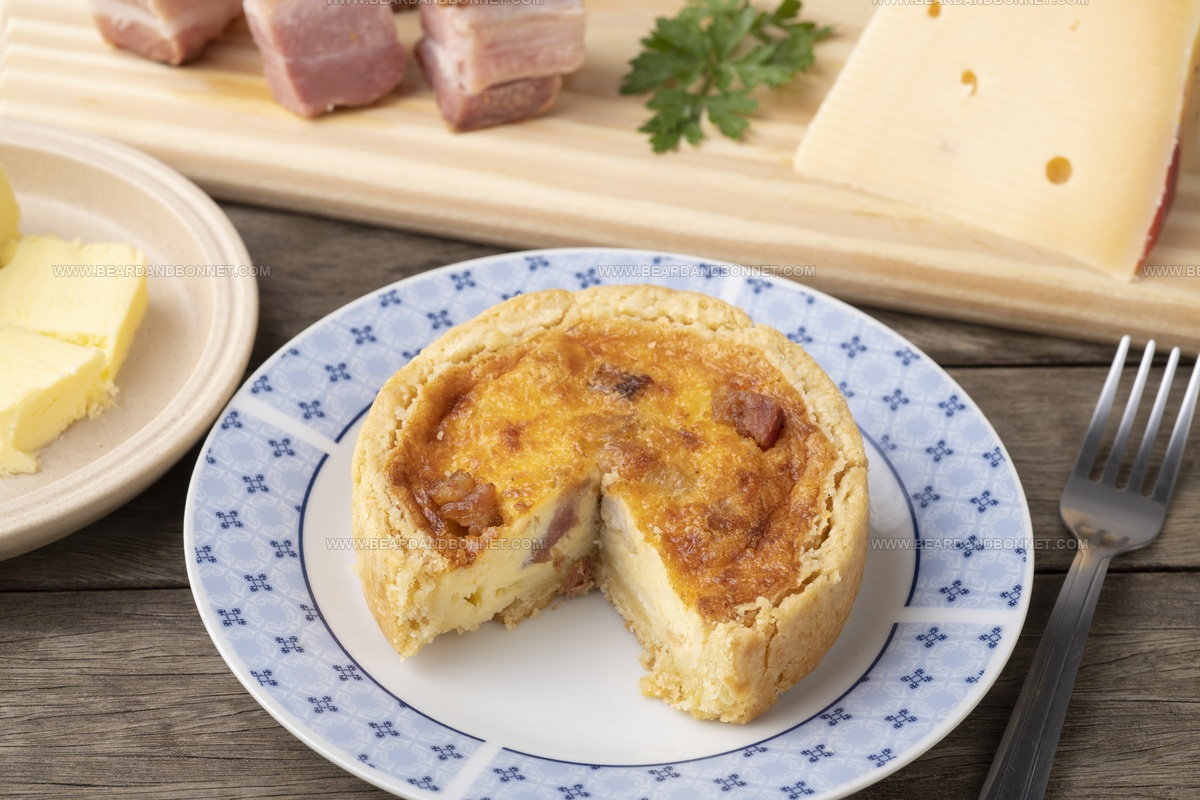
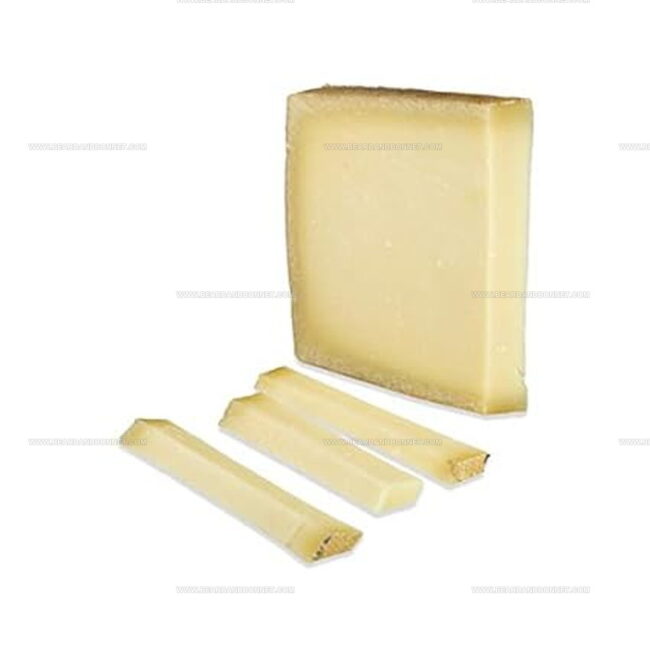
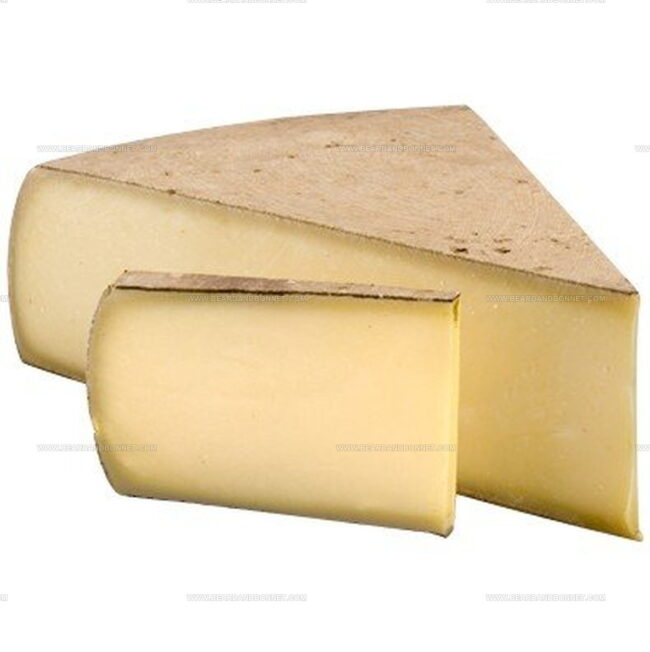
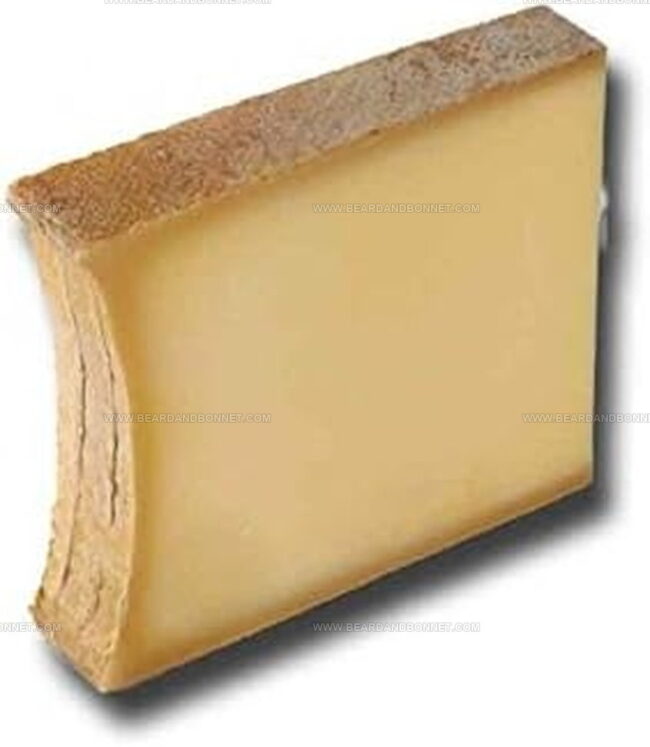
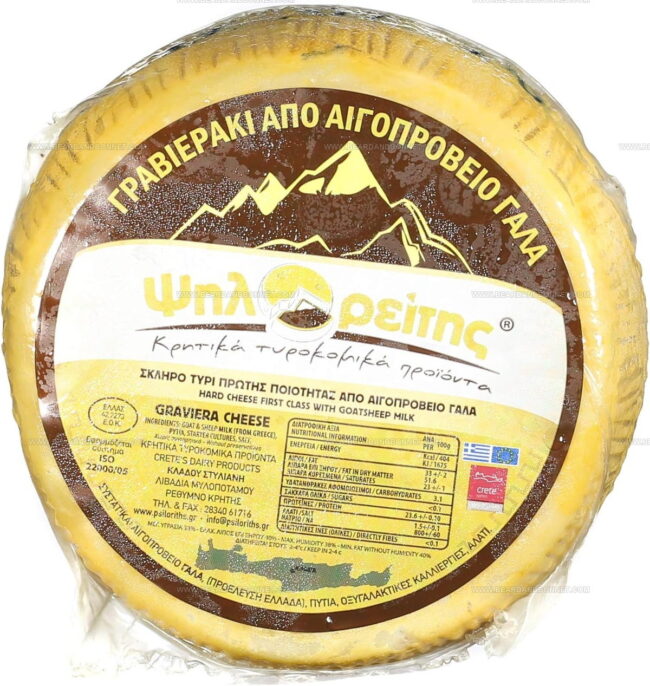
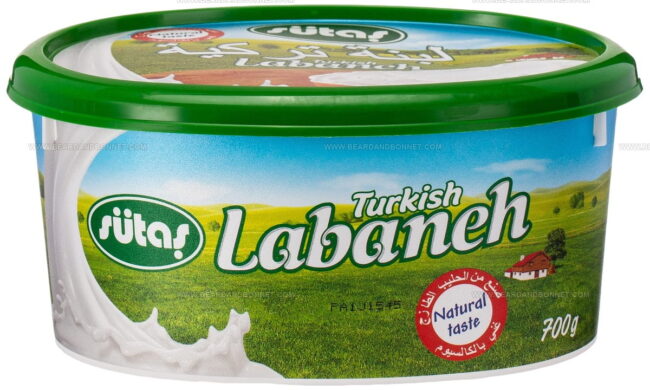
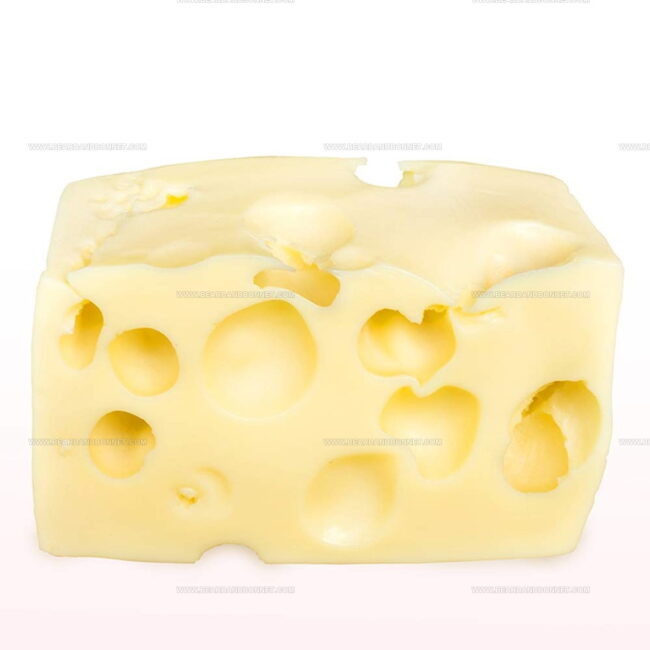
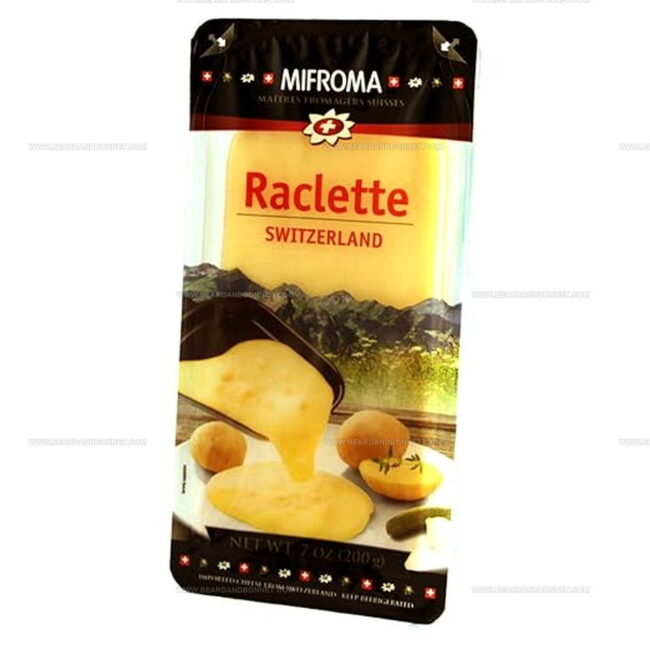
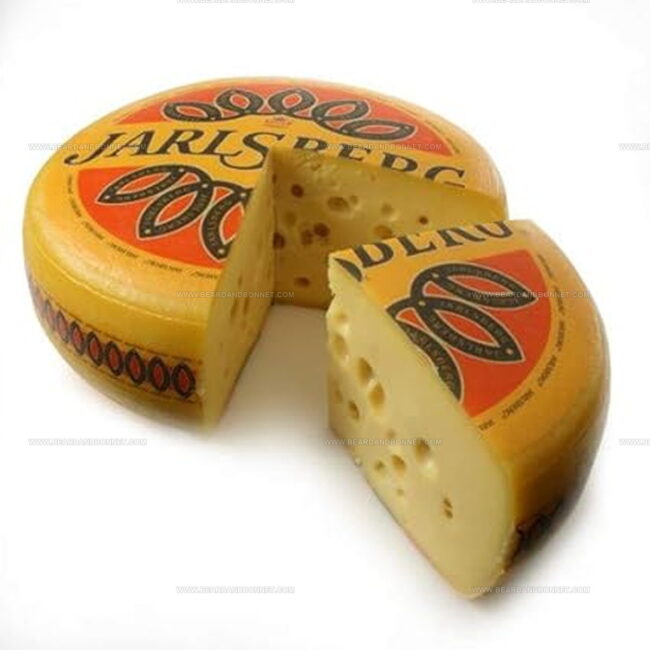
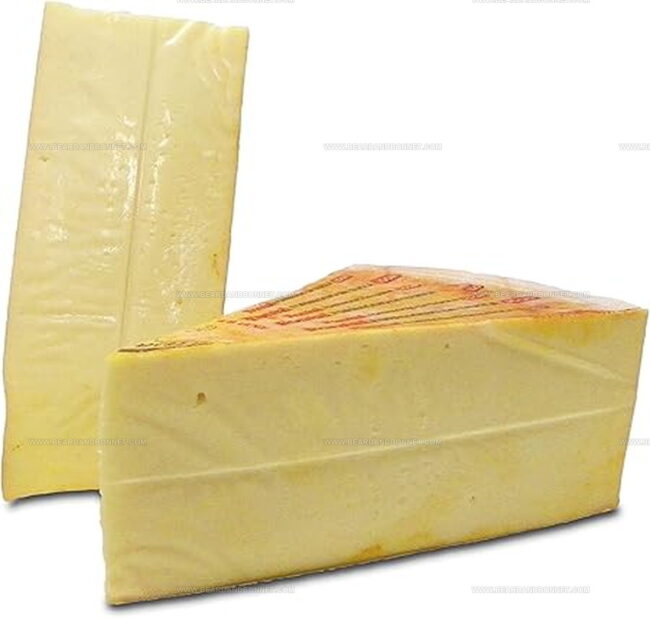
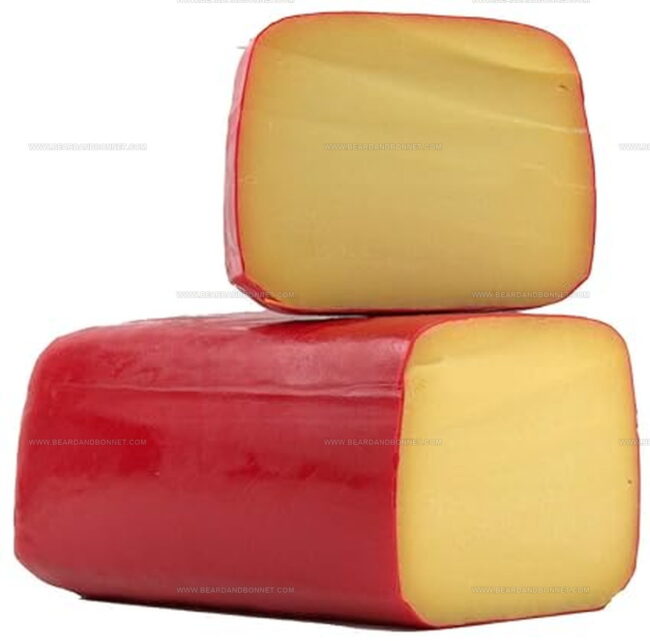
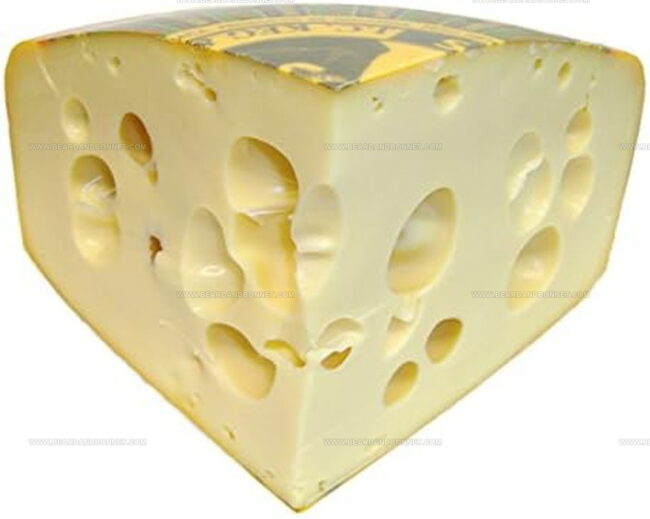
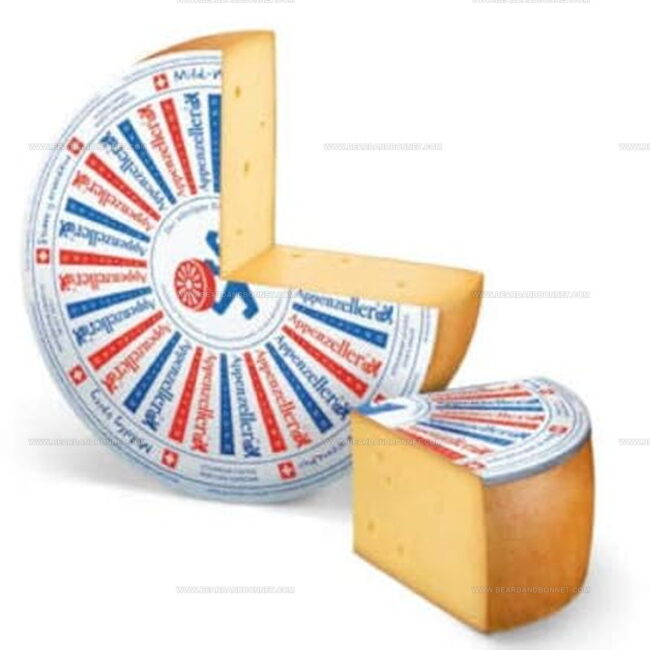

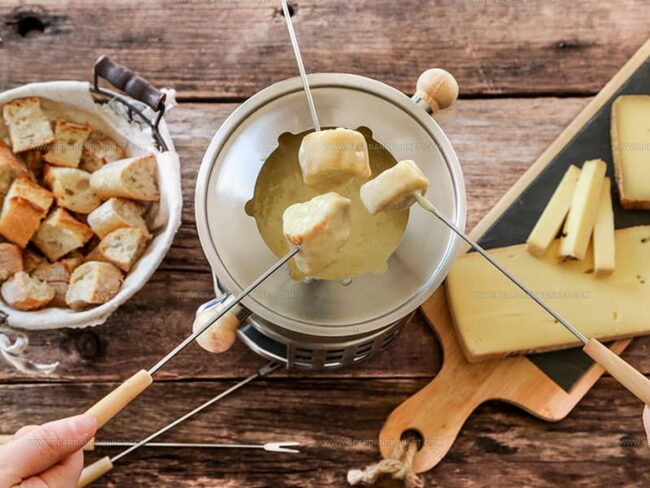
Alex Reed
Founder & Lead Content Writer
Expertise
Recipe Development and Testing, Culinary Education, Food Writing and Blogging, Sustainable Cooking Practices, Global Cuisine Exploration
Education
Johnson & Wales University
Le Cordon Bleu Paris
Alex Reed is an inventive chef and food creator with a passion for dishes that balance taste, health, and sustainability.
Trained at Portland Community College and holding an Advanced Pastry Arts certificate from Oregon Culinary Institute, Alex brings more than 10 years of practical culinary experience to every recipe he develops.
His background uniquely blends traditional cooking skills with modern, mindful eating principles. As the founder of Beard and Bonnet, Alex creates recipes that encourage readers to cook confidently.